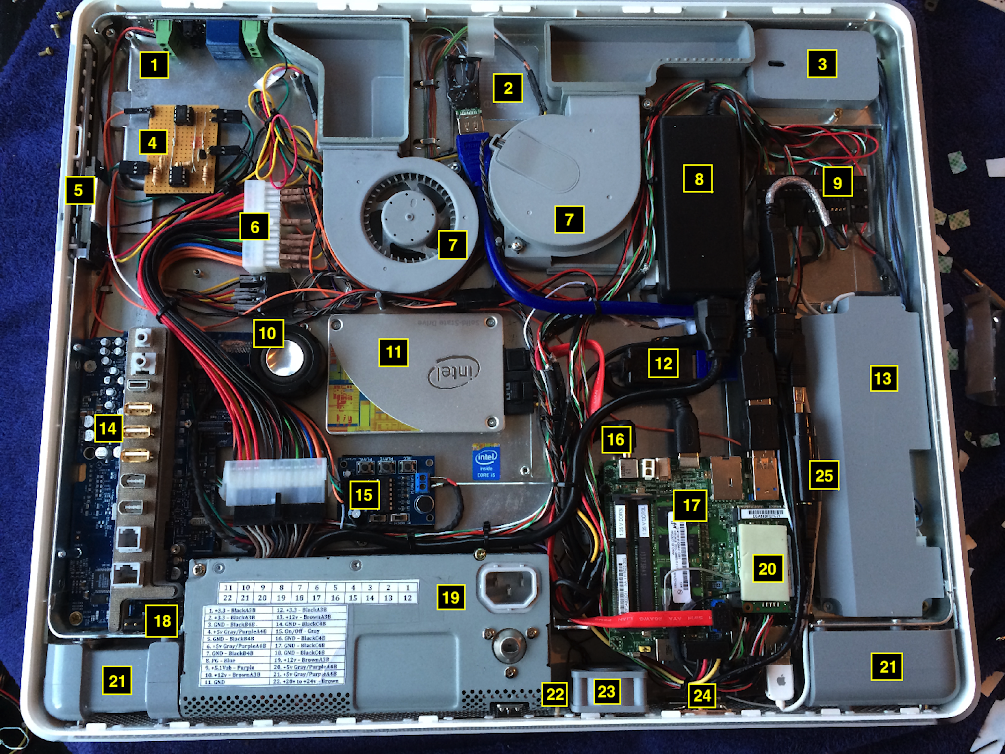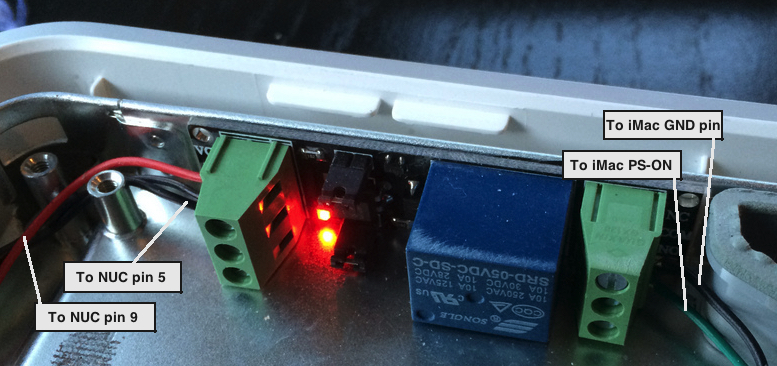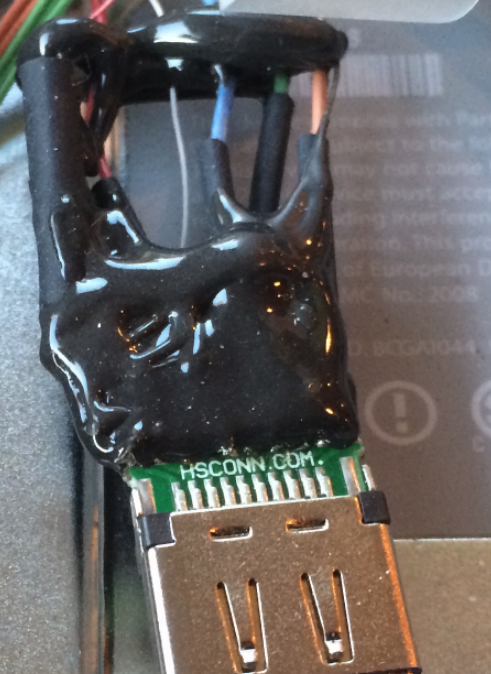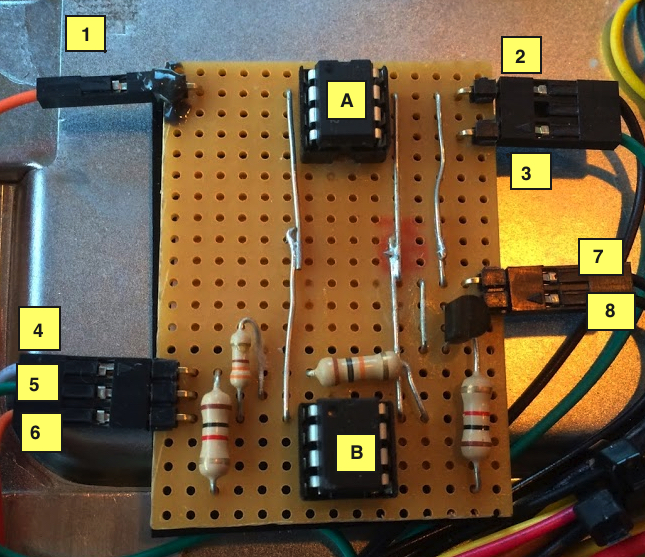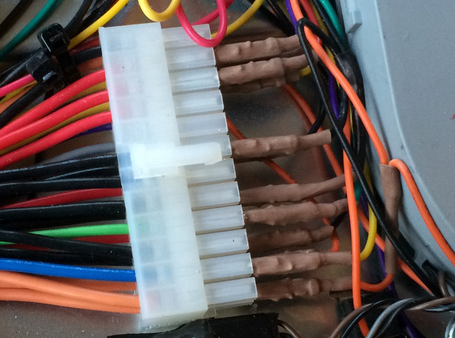- Joined
- Nov 25, 2010
- Messages
- 1,211
- Motherboard
- AsRock X570M Pro4
- CPU
- Ryzen 3700x
- Graphics
- RX 580
Introduction
This project began like several others have; while browsing the computer section of Craigslist. A local ad was posted for a mint condition 20" iMac. It was only about a mile from here, so I went over to take a look. The computer turned out to be exactly as described. It was an A1076 (non-iSight) model, originally shipped in 2004. It was a one-owner machine, barely used by an elderly grandmother of the vendor. He explained that she had rarely turned it on in the 10 years she owned it.
The machine was prestine, I tested basic operation and paid him a bargain price for it. Its quite rare to find a 10 year old computer in the near-new condition that this one was in. When I got it home and opened it up, I was awestruck. There was no dust inside, I mean ZERO. The CPU heatsink, fans and air ducts were totally dust free, like new. The capacitors and PSU were shiny new. I'd be surprised if this system had 50 hours on it; the internal components were in literally brand new condition.
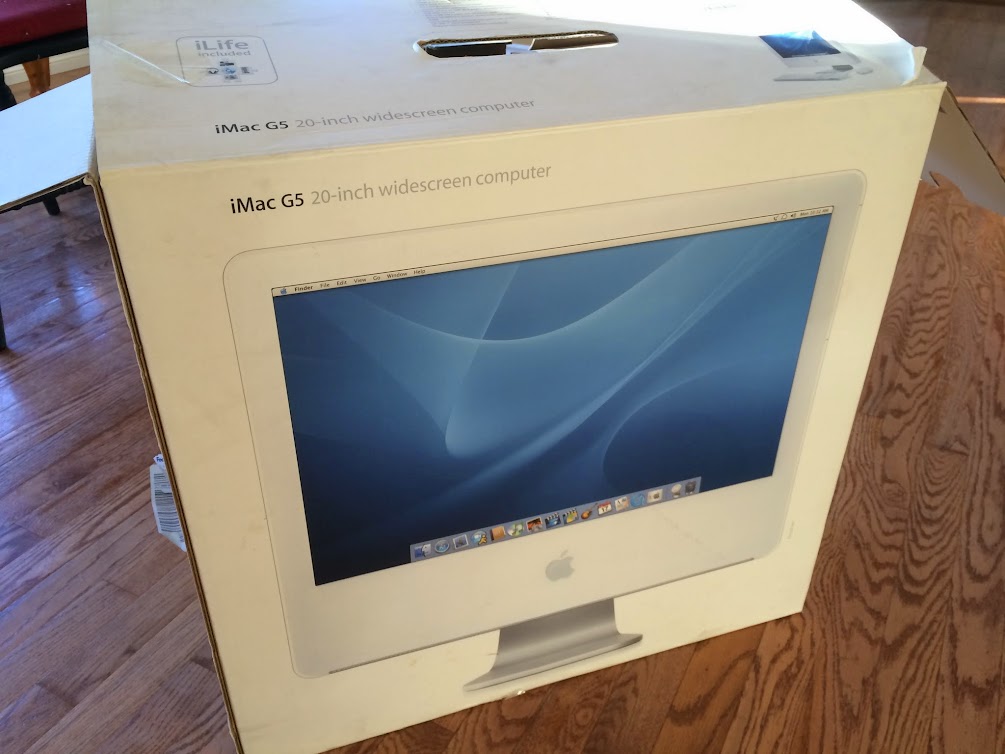
Its been three weeks since I brought the system home and the project of modding it is now fully completed. I'm actually typing this first post of the new thread on the iMac G5 running Yosemite 10.10.1 on an Intel i5 NUC D54250WYK. I'm going to detail the steps I took with this machine to transform it into what is turning out to be a beautiful system to use. It's quiet, fast and of course a completely self contained all-in-one.
Here's a few photos of the completed system.


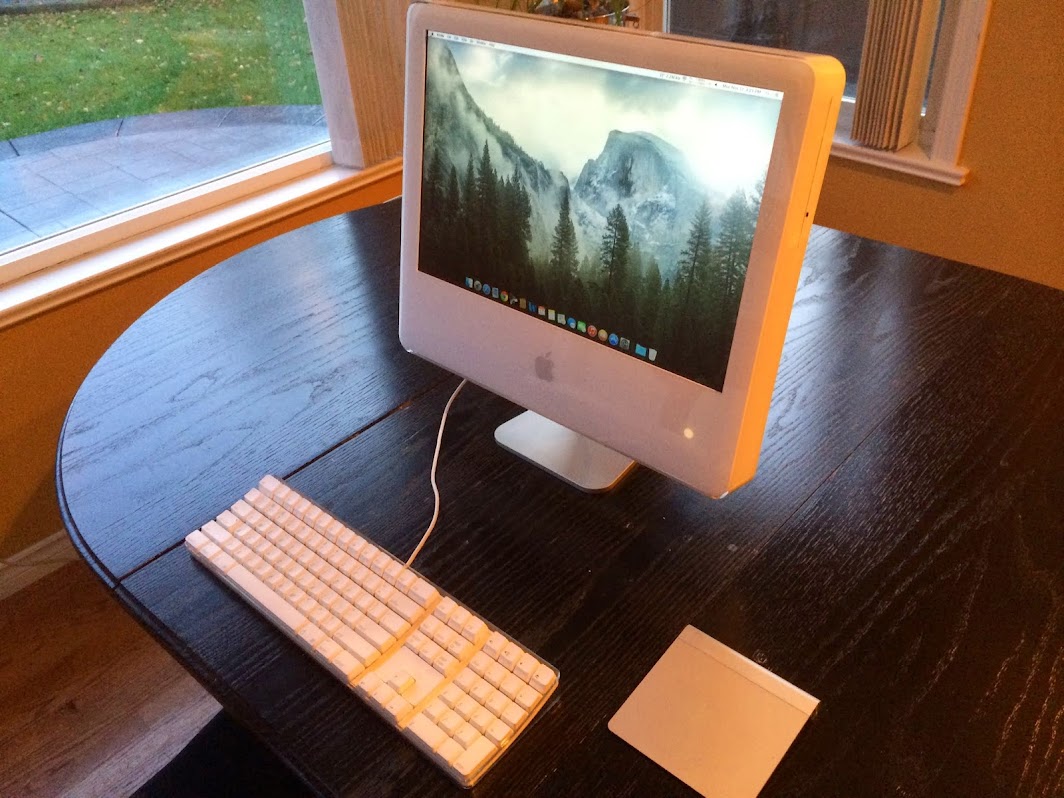
Just a quick note, I've previously completed 2 other iMac G5 projects. One is an iSight 20 inch model and the other is a 17 inch iSight model. This A1076 model was a completely different animal. Although the iSight models look similar to the older versions on the exterior, they were radically changed internally.
I'd like to recognize kiwi's astounding efforts in producing his recent G5 build. I extensively used the wealth of information that he compiled and posted in his project thread. The model I have is identical to the one he used.
Additionally, I'll take this opportunity to recognize MiniHack for his comprehensive Clover Install Guide to get OSX Yosemite up and running on the Intel NUC D54250WYK. Many thanks!
Ersterhernd
This project began like several others have; while browsing the computer section of Craigslist. A local ad was posted for a mint condition 20" iMac. It was only about a mile from here, so I went over to take a look. The computer turned out to be exactly as described. It was an A1076 (non-iSight) model, originally shipped in 2004. It was a one-owner machine, barely used by an elderly grandmother of the vendor. He explained that she had rarely turned it on in the 10 years she owned it.
The machine was prestine, I tested basic operation and paid him a bargain price for it. Its quite rare to find a 10 year old computer in the near-new condition that this one was in. When I got it home and opened it up, I was awestruck. There was no dust inside, I mean ZERO. The CPU heatsink, fans and air ducts were totally dust free, like new. The capacitors and PSU were shiny new. I'd be surprised if this system had 50 hours on it; the internal components were in literally brand new condition.
Its been three weeks since I brought the system home and the project of modding it is now fully completed. I'm actually typing this first post of the new thread on the iMac G5 running Yosemite 10.10.1 on an Intel i5 NUC D54250WYK. I'm going to detail the steps I took with this machine to transform it into what is turning out to be a beautiful system to use. It's quiet, fast and of course a completely self contained all-in-one.
Here's a few photos of the completed system.
Just a quick note, I've previously completed 2 other iMac G5 projects. One is an iSight 20 inch model and the other is a 17 inch iSight model. This A1076 model was a completely different animal. Although the iSight models look similar to the older versions on the exterior, they were radically changed internally.
I'd like to recognize kiwi's astounding efforts in producing his recent G5 build. I extensively used the wealth of information that he compiled and posted in his project thread. The model I have is identical to the one he used.
Additionally, I'll take this opportunity to recognize MiniHack for his comprehensive Clover Install Guide to get OSX Yosemite up and running on the Intel NUC D54250WYK. Many thanks!
Ersterhernd
Last edited:


